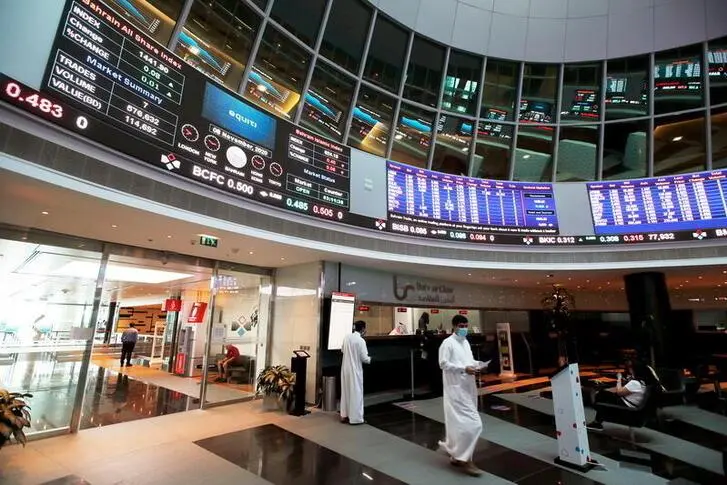PHOTO
Somalia authorities are working to tap into the vast fisheries economy estimated to be worth $2 billion, by marketing the catches to the neighbourhood in the East African Community.
Last week, Somalia unveiled a marine welfare project, known locally as Badmaal, funded by the World Bank to the tune of $50 million. Badmaal is meant to improve fishing infrastructure for small-scale fishers by building facilities such as jetties, landing bays, processing areas and safety response.
But Ahmed Hassan Aden, Minister for Fisheries and Blue Economy, says this is the first step for building an industry to feed the EAC, to which Somalia recently became a member.“We are empowering our coastal communities which are key to ensuring sustainable fishing practices and protecting our national heritage,” he said in Mogadishu.
His Ministry, he added, was beginning from the grassroots to protect small-scale fishers who could then be vital to guard the Somali seas said to be rich in important fish such as tuna.
Last year, Somalia enhanced policing on the seas to cut illegal fishing. Then it changed the way licences were given to foreign vessels. Mogadishu has since adjusted licences to be pegged on the amount of catch, rather than the period of fishing.
Dr Hussein Ali Ahmed, a consultant at the Somali Seafood Exporters Association, said Somalia is now looking firmly into the EAC as the first stop to sell fish.“Charity begins at home,” Ahmed told The EastAfrican, referring to a market possibility in Somalia’s immediate neighbours.“The EAC consists of member states with a combined population of around 300 million people, which presents a substantial consumer base for fish products. The demand for seafood is increasing due to rising incomes and changing dietary preferences among East Africans. Forming partnerships or joint ventures with businesses from other member countries will help Somali fish producers gain access to new markets.”They are also eyeing the Lamu Port to ship out the fish, taking advantage of the new facility on the Kenyan north coast.
The project launched last week will include cold storage, roads and transportation systems essential for facilitating trade and ensuring that fish products reach local and regional markets.
They will also address the issue of pollution in the waters, tying conservation to the wider blue economy, the minister said.
Back in July, when Somalia formally launched a roadmap to better its fisheries, a Kenyan expert was on hand to table figures that enticed an audience in Mogadishu.
Dr Stephen Mbithi had also led a Somali delegation to Lamu Port to see the new berths built by the Chinese there.
Somalia’s Exclusive Economic Zone (EEZ), the area into the sea that belongs to Somali territory is about 131 percent of the country’s land area, and can generate of a minimum $2 billion annually, he told the audience. But they need to adjust how they do the fishing, he argued, including who and how they licence to fish.
Various other experts had argued the same before. Chinese Offshore Fishing Association in 2018, signed an MoU with Somalia, granting 31 Chinese tuna longline vessels licences. The MoU outlined the terms and conditions for the operation of fishing vessels within Somalia’s EEZ.
In March 2019, a World Bank a document, Somalia Issues Fishing Licenses: Fees will Help Develop Fisheries Sector, said Somalia’s potential lay in proper licensing of foreign vessels.
But Somalia went on to grant season-long licences to vessels until last year.
Dr Abdiaziz Hussein Hassan, an associate professor at the Somali National University, says Somalia is the epicentre of the only tuna upwelling in the Indian Ocean. He argued it could yield $400 million through artisanal fishing and at least $1.6 billion from deep-sea fishing, totalling $2 billion.
The experts cite African countries such as Morocco which earns $1.8 billion per year and Mauritania’s $850 million annual gains. They both benefit from the Canary Upwelling System in Northwest Africa.
Somalia has been charging vessels $50,000 per year for deep-sea fishing permits.“This practice can only yield about 0.2 percent of the value of the catch,” Dr Mbithi said.
© Copyright 2022 Nation Media Group. All Rights Reserved. Provided by SyndiGate Media Inc. (Syndigate.info).






















